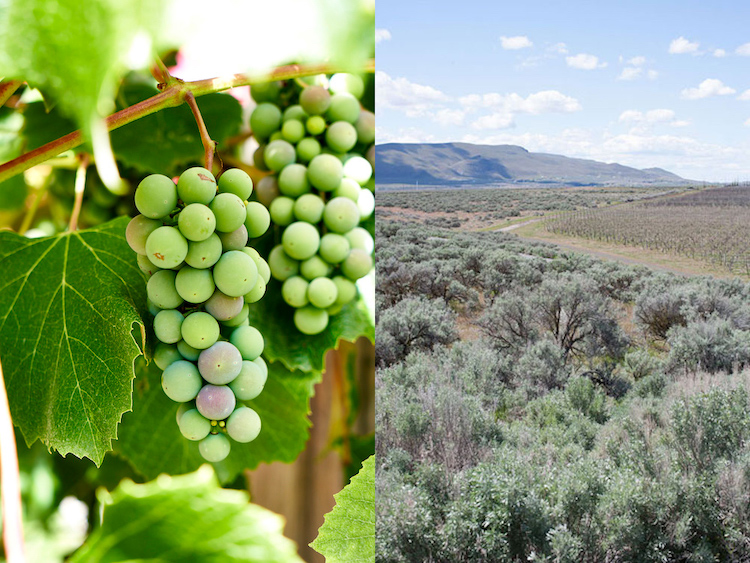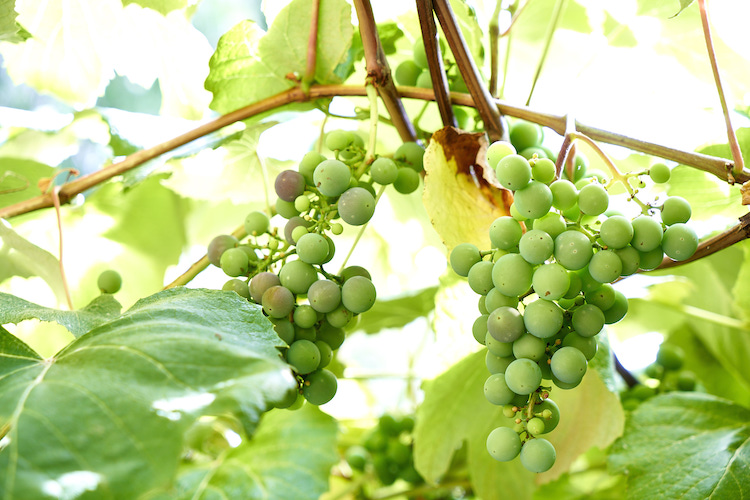Many of us have been spending a lot more time at home lately. Some of us are looking to distract and engage in crafts to take breaks from the anxiety of the outside world.
Kneading and baking homemade bread is one way. It is tactile, rhythmic, and delivers great rewards along with its calming properties. If you’ve already started exploring baking bread, how about taking your bread to the next level by making your own natural starter? You may not keep the starter up forever, but it will make some of the best homemade loaves you’ve ever tasted.
Of course, you can make bread using a packet of dried yeast, but harnessing the power of a natural starter is a transformative experience. In fact, it was a natural starter that helped transform Macrina from a dream into bakery. No exaggeration. In 1991, Leslie Mackie was preparing for her annual harvest party, an autumn gathering of food lovers in which everyone brought food made from their gardens. Leslie decided she’d bake bread for the event with a natural starter made from grapes grown in her garden. She crushed the plump red grapes and added them to a mix of flour and water. After several days of love and regular feeding, the starter was alive and kicking. The loaf that she developed for that party was a hit and ultimately became our house bread, Macrina Casera. Now, more than 25 years later, we are still feeding that same starter every day and baking hundreds of loaves. Casera’s mild sour flavor is derivative of those grapes, that fortuitous backyard fermentation.
It was this loaf that helped Leslie decide to open Macrina Bakery in 1993 and the same loaf that put Macrina on the regional map in 1994 when the Casera won second place in a Sunset Magazine sourdough competition.
We now have several other starters that we use for various breads, like the starter we developed from grapes from Hightower Cellars Vineyard Cabernet Sauvignon that we use in our Pane Francese. When we were collaborating with PCC on a whole wheat baguette, Scott Owen, PCC Markets Grocery Merchandiser, said, “Macrina’s collection of sourdough starters is incredible.” We like to think so and carefully feed and nurture them daily to keep them vigorous—they’re the heart of our naturally-leavened breads.
 There are many ways to make a natural starter. Here’s our favorite way:
There are many ways to make a natural starter. Here’s our favorite way:
Start with fresh grapes. Discard any unfavorable grapes. Wash to remove any debris. Weigh out 1½ lbs and wrap them in cheesecloth.
Weigh out 2 lbs of all-purpose flour and 3 lbs water at 75°F. Combine the water and flour and mix until smooth.
Squeeze the wrapped grapes over the bowl to release their juice into the flour mixture. Submerge the grape sachet in the bowl. Let the bowl sit uncovered at room temperature for a full day. After 24 hours have elapsed, discard the grape sachet.
Your starter will now have life. The natural yeasts from the grapes are doing their work. Stir the starter at least once a day for a few days until you see bubbles on the surface. Once this happens, you need to begin feeding it. Mix another 2 lbs of flour and 3 lbs of water together and then add it to your starter. Mix well and allow it to sit out another full day.
You should have a vigorous starter. Choose a recipe for naturally leavened bread (you can find the recipe for our Macrina Casera in the Macrina Bakery and Café Cookbook) and taste the magic you’ve created!
From this point on, you’ll need to feed your starter like a pet. Feed it with a mix of equal parts flour and water. Hopefully, you’ll be using it frequently, so it’s easy to remember. If the starter gets too large, discard half of it. If liquid begins gathering on top, you can move it into the refrigerator to slow the fermentation.
Enjoy!


